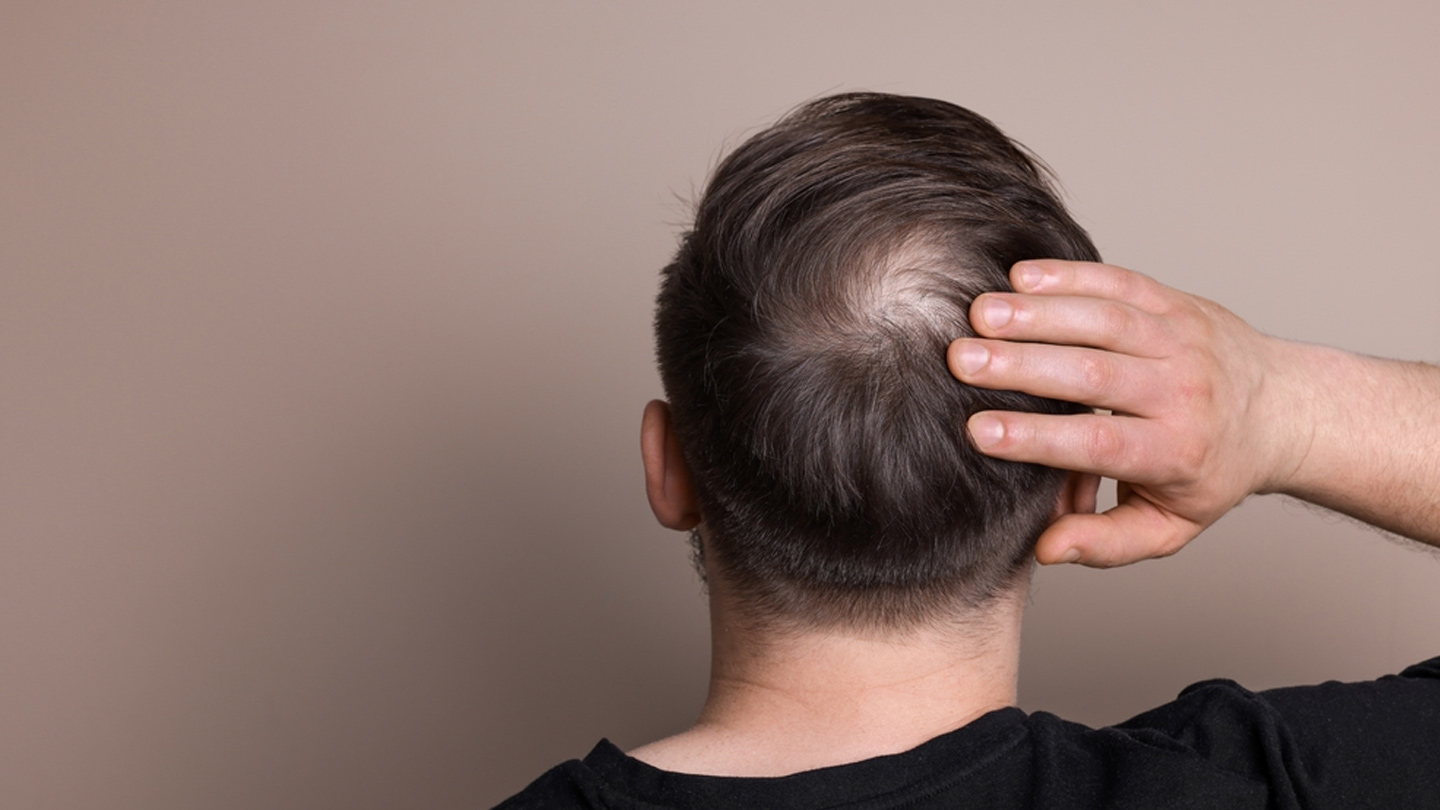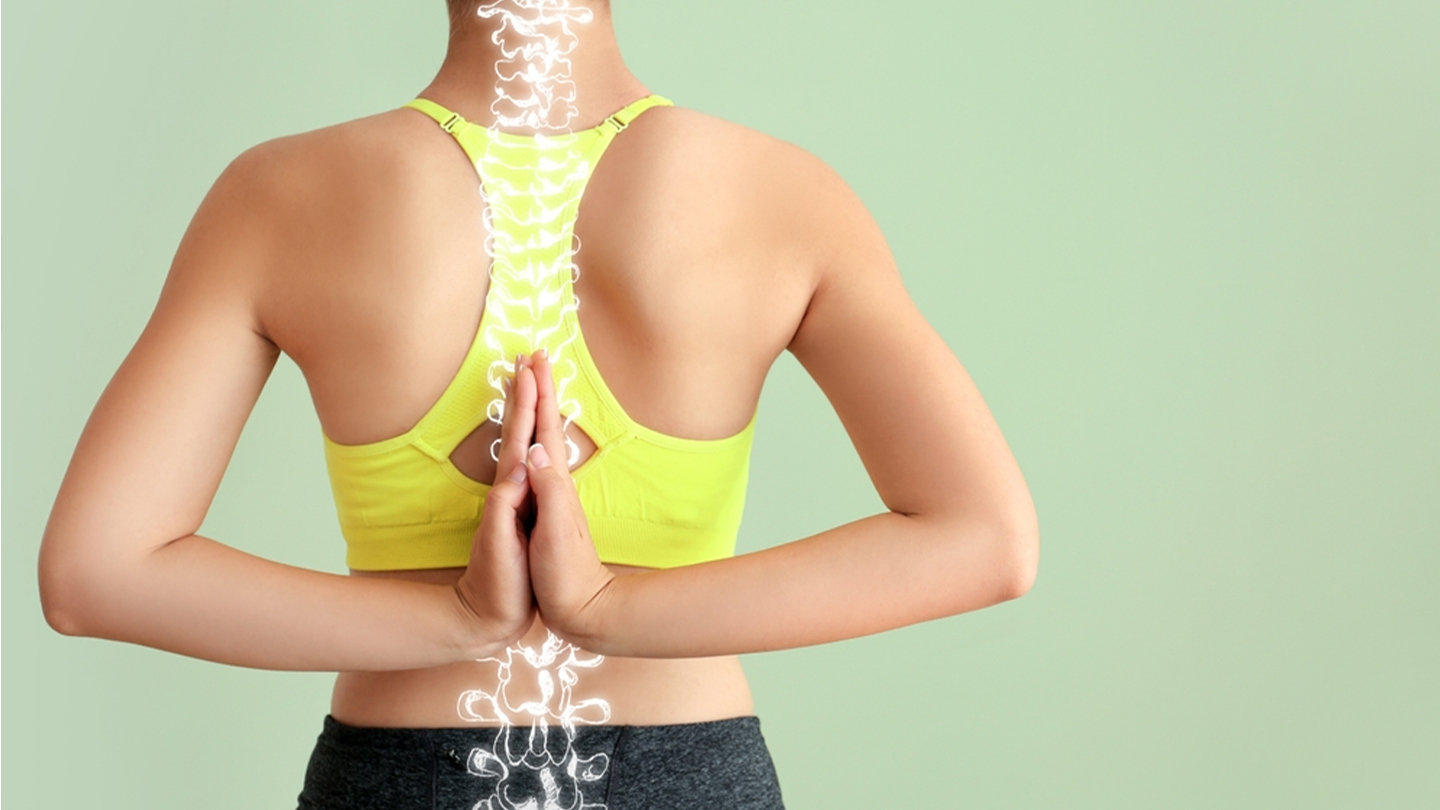Medical
Celebrate Without the Sugar Spikes: Diabetes-Friendly Festive Guide
You don’t have to give up the ladoos or the laughter. Here’s how to enjoy the festivities without letting diabetes get in the way.
.jpg)
Festivals are all about togetherness and food. Every house lights up with trays of mithai, fried snacks, and big family meals. It’s a beautiful time, but if you’re managing diabetes, you probably know the silent stress behind that second helping of gulab jamun.
This isn’t just in your head. A prospective study in Diabetes Care found that blood sugar control tends to slip during holiday periods when eating patterns and routines change (Diabetes Care, 2004). Another analysis published in 2014 reported that glucose and cholesterol levels often rise in the month following holiday indulgences (PubMed, 2014).
Related story: Signs of Low Blood Sugar and Its Management
So yes, the challenge is real. But that doesn’t mean you need to avoid celebrations or quietly skip the sweets. The balance lies in planning and mindful choices.
Step One: Don’t Walk in Unprepared
Going into a festival meal without a plan is like heading to a Diwali market without a shopping list; you'll probably take home more than you need.
- Carry one safe option from home. A bowl of roasted nuts, a sugar-free kheer, or baked snacks gives you a safety net.
- Check the spread early. Pick what you really want instead of sampling everything.
- Hydrate first. A glass of water before eating can keep you from overeating.
- Adjust medications if needed. Late dinners are common during festivals, and sometimes even dose adjustment may be required. Discuss timing adjustments with your doctor.
Related story: The Diabetes Guide: How To Balance Your Blood Sugar
Even during religious fasts, experts note that simple tweaks, like choosing low-sugar variations, help people with diabetes participate safely (Journal of Clinical and Diagnostic Research, 2017).
Step Two: Portion Control, Not Total Denial
Skipping all sweets usually backfires. Instead, think moderation.
- Follow the plate method: half vegetables, one-quarter lean protein, one-quarter carbs.
- Take small bites slowly. One kaju katli enjoyed mindfully can be more satisfying than three eaten quickly.
- Share your dessert. Splitting one laddoo still gives you the taste without the overload.
- Choose the smarter option. A dry fruit laddoo is better than a syrupy jalebi.
- Mind the order of eating. Starting with fibre-rich foods like salads or vegetables, then moving to proteins, and saving carbs or sweets for last can significantly reduce blood sugar spikes after meals.
The American Diabetes Association also emphasises that moderation is more effective than strict restriction during holidays (ADA, 2021).
Related story: Best Snacks For People With Diabetes
Step Three: Keep Moving
Festivals usually mean hours of sitting, catching up with relatives, long poojas, or card games. But short bursts of activity really help.
- A 10–15 minute walk after meals can reduce post-meal glucose spikes.
- Suggest a family stroll to admire decorations; it’s festive and functional.
- Break up long periods of sitting with stretching or light activity.
Related story: Sugar Substitute: Healthy Sweetener Alternatives For People With Diabetes
Step Four: Monitor Without Obsessing
Monitoring your blood sugar during festivals keeps you in control, but remember, your meter is a guide, not a punishment.
- Test before a big meal, then two hours later.
- If the reading is high, adjust at the next meal instead of stressing.
- As the American Heart Association reminds us, “It’s not about perfection, it’s about balance” (AHA, 2023).
Related story: Keep Diabetes Under Check: How To Stop Diabetes Before It Starts
Why Non-Violence Helps Us Breathe Easier
- Start meals with protein and fibre before carbs.
- Use smaller plates to naturally reduce portions.
- Avoid sugary drinks and alcohol as much as possible.
- Carry a rescue snack, such as roasted chana, for unexpected delays.
- Don’t skimp on sleep; poor rest makes it harder to manage blood sugar levels.
Related story: Healthy Eating Tips For Diabetes
The Cultural Connection
Food isn’t just fuel during festivals, it’s about identity and community. A 2024 review in Nutrients found that cultural traditions have a significant impact on how people manage diabetes, leading to both challenges and innovative solutions (Nutrients, 2024). This means your approach doesn’t have to look like anyone else’s. It can, and should, fit your lifestyle and traditions, while staying aligned with your health needs.
Related story: Diabetes-Friendly Dessert To Satisfy Your Sweet Tooth—Citrus Bhapa Doi
Festivals are meant to bring joy, not anxiety. Yes, blood sugar may rise a little, but that doesn’t mean you can’t celebrate. With small adjustments, you can enjoy the lights, the laughter, and even the sweets without letting diabetes take the spotlight.
At UR.Life Nutritional Counselling, we believe that personalised guidance is the key to lasting health and wellness. Our expert nutritionists tailor plans to fit your unique lifestyle, dietary needs, and fitness goals, empowering you to make mindful food choices every day. Whether you want to manage your weight, boost your energy, or improve your overall well-being, UR.Life Nutritional Counselling is here to support you on your journey to a healthier, happier life. Join us to nourish your body and transform your habits with confidence.
EXPLORE MORE
Baldness isn’t just about ageing; it’s a complex condition influenced by biology, habits, and health. Understanding it is the first step toward managing it.
Breast cancer before 40 is rare, but not impossible. Know these warning signs so you can spot them well in time.
Osteopenia and osteoporosis sit on the same spectrum, but the impact on your health isn’t the same. Here’s what to know.
Struggling with energy crashes or rising blood sugar? Read on to tackle insulin resistance at the root.










